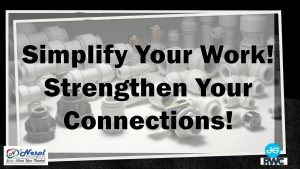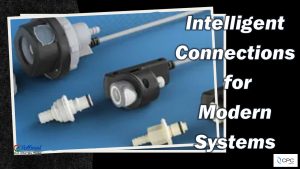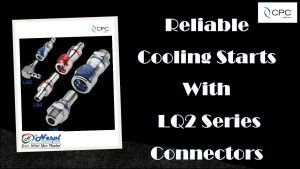A well-installed motor ensures maximum efficiency, longer service life, and safe operation, especially in demanding environments like foodservice or industrial applications.
In this guide, you’ll learn how to install a Nidec motor step-by-step, while avoiding common pitfalls that lead to failures, downtime, or safety issues.
Why Correct Nidec Motor Installation Is So Important
Nidec motors are precision-built for high performance and durability. But improper installation, like poor alignment, incorrect wiring, or unstable mounting, can cause:
- Overheating
- Excessive vibration
- Premature wear or failure
- Electrical hazards
Following a structured process ensures your motor runs smoothly, safely, and reliably.
Step-by-Step Guide to Installing a Nidec Motor
1. Prioritize Safety Before You Begin
- Turn off and lock out the power supply. Never assume it’s off, verify it.
- Wear appropriate PPE (gloves, goggles, safety footwear).
- Make sure the work area is clean, dry, and hazard-free.
2. Inspect the Motor and Accessories
Before installation, check:
- The motor has no visible shipping damage.
- The specifications match your system’s requirements (voltage, RPM, phase).
- All mounting hardware and wiring diagrams are included.
3. Prepare the Mounting Surface
- Clean and level the mounting base.
- Check for proper motor base or flange alignment.
- Install anti-vibration pads or mounts if recommended, especially for food equipment.
4. Mount the Nidec Motor
- Use the correct-size bolts and torque them per manufacturer specs.
- Do not overtighten, this can cause warping or stress fractures.
- Align the motor shaft carefully with the driven load (belt, pulley, gear, etc.).
5. Wire the Motor Properly
- Follow the Nidec wiring diagram (usually on the nameplate or manual).
- Match power supply characteristics to motor requirements (voltage, frequency, phase).
- Ground the motor correctly, always follow local electrical codes.
- If using a VFD (Variable Frequency Drive), ensure compatibility with the motor.
6. Check Shaft Alignment and Motor Rotation
- Use a straight edge, laser tool, or dial gauge to confirm shaft alignment.
- Perform a quick “bump test” to verify correct rotation.
- For 3-phase motors: Reverse two leads if rotation is incorrect.
7. Test the Motor Under Controlled Load
- Run the motor under no load for a few minutes.
- Monitor for abnormal heat, vibration, or noise.
- Gradually apply the system load and observe real-time performance.
Pro Tips for Faster, Safer Motor Installations
- Label wires during removal to simplify reconnection.
- Use a torque wrench to avoid under/over-tightening.
- Double-check all voltage and current ratings before powering on.
- Seal all electrical connections if the motor is in a moist or food-grade environment.
Get personalized support – talk to our team at: sales3@natronequipments.com
Final Thoughts
Installing a Nidec motor doesn’t require guesswork, just attention to detail, the right tools, and a methodical approach. Whether you’re replacing a worn-out unit or upgrading your system, a proper installation guarantees peak performance and operational safety.
Need OEM-Grade Nidec Motors or Replacement Parts? NESPL offers a wide selection of ISO-certified, food-grade, and industrial-grade Nidec motors and components. Our team is here to assist with technical specs, compatibility, and after-sales support.




